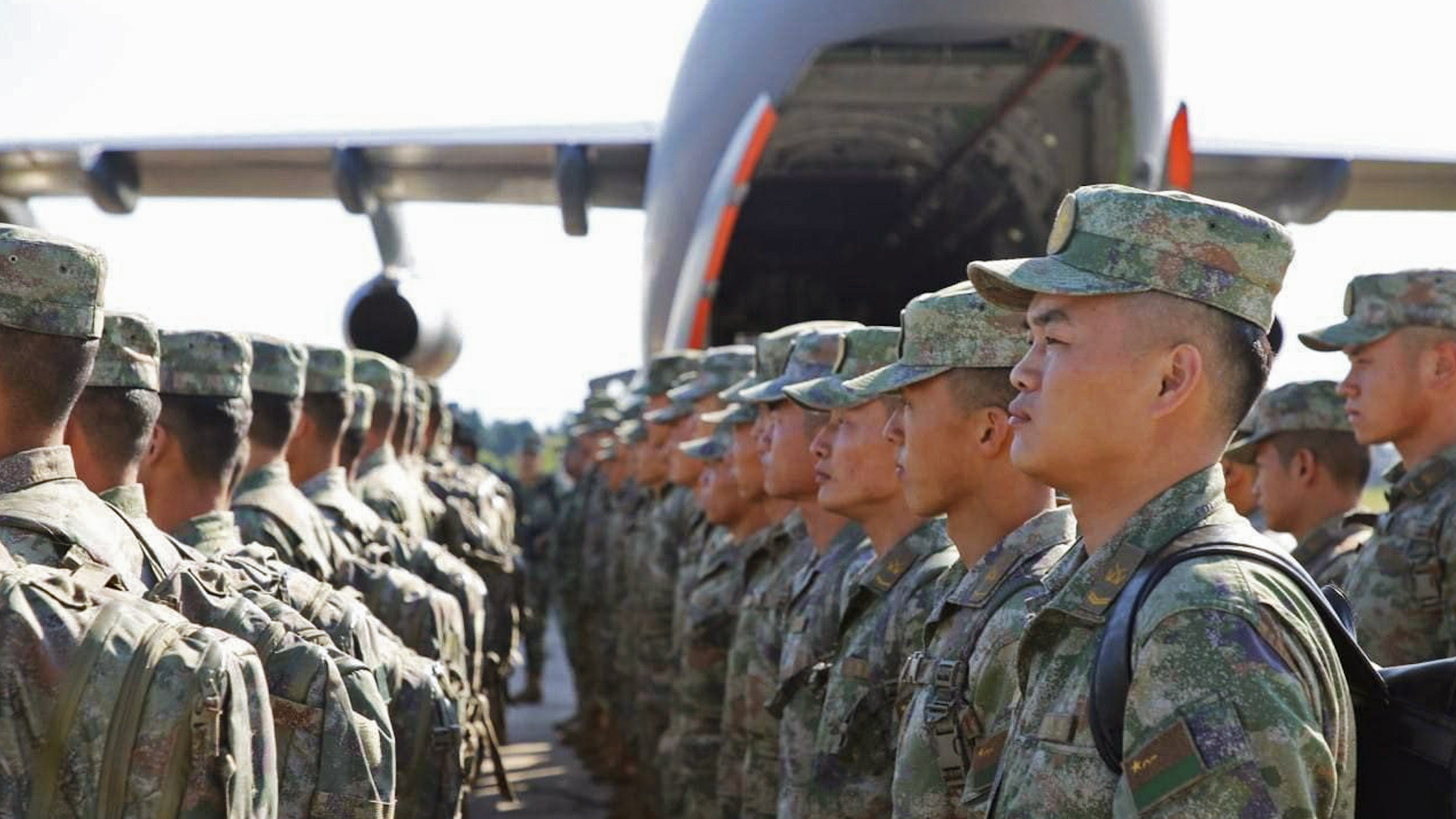Chinese soldiers are taking part in maneuvers in Belarus, adding another new dynamic to the security situation in Eastern Europe, dominated by Russia’s war in Ukraine and the fallout surrounding it. While Belarus has been a staunch ally of Russia it has, more recently, made overtures toward China, with the aim of building closer relations with it, including in the military sphere.
The 11-day Eagle Assault 2024 exercise began yesterday in the Brest region of Belarus, less than 3.1 miles from the border with Poland, a NATO member and staunch ally of Ukraine. This is the first time that Chinese and Belarusian troops have been involved in drills of this kind together.
There have been precedents, however, including Belarusian troops going to China for bilateral exercises, while both countries also participated in the Vostok multilateral exercise in Russia in August 2022.
Foundations for Eagle Assault 2024 were apparently laid last August when China and Belarus agreed to conduct more joint military drills following a meeting between China’s then-defense chief Li Shangfu and Belarusian president Alexander Lukashenko in Minsk.
According to China’s Ministry of National Defense, the personnel from both countries are conducting “anti-terrorist training” and will take part in tasks such as hostage rescue. Photos released by the Belarusian defense ministry showed Chinese People’s Liberation Army (PLA) troops arriving in Belarus aboard a Y-20 strategic transport aircraft.
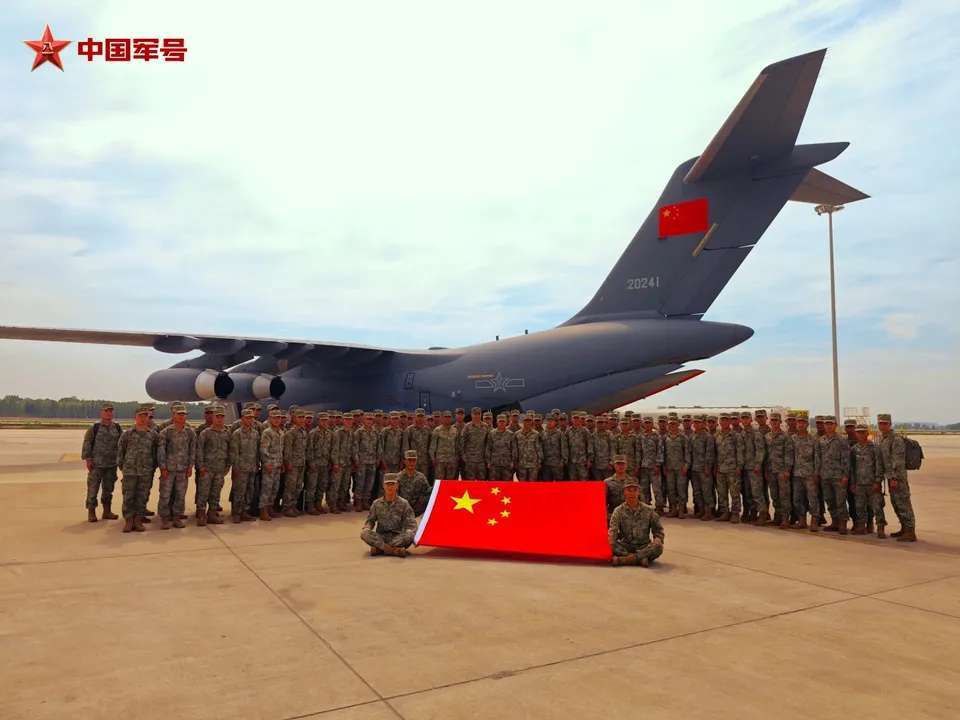
“The joint training aims to enhance the coordination capabilities of the participating troops and deepen practical cooperation between the two armies,” the ministry said, adding that the drills were according to “an annual plan and consensus.”
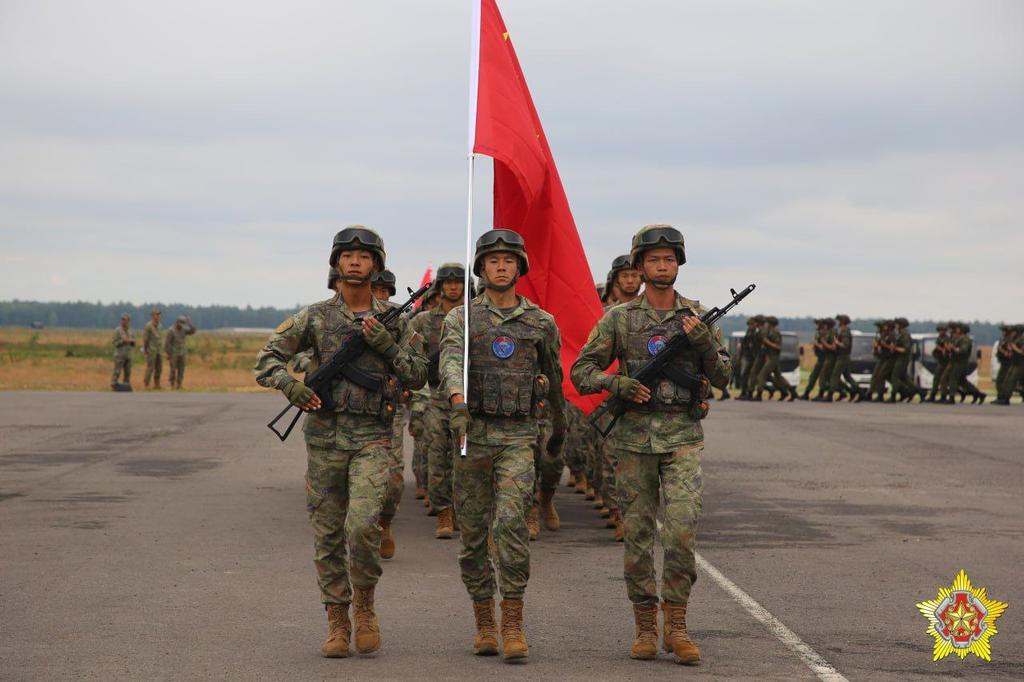
For its part, the Belarusian Ministry of Defense said that the joint drills would include training for airborne assault, river crossings, and combat in urban areas.
“The situation in the world is difficult, and so we are practicing new forms and methods of solving tactical tasks,” said Vadzim Dzenisenka, the chief of the Belarusian military’s special operations command.
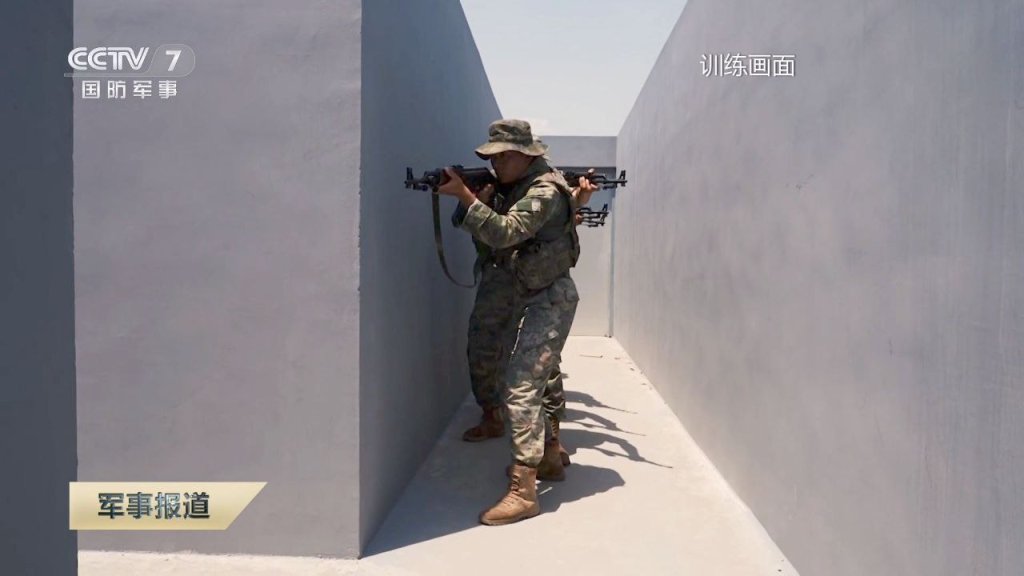
Whether coincidental or otherwise, it’s significant that the Belarusian-Chinese drills kicked off ahead of the NATO summit in Washington that begins today. The war in Ukraine will again be at the center of the alliance’s three days of discussions, with ways to back Kyiv militarily especially important as Russia continues to make gains on the battlefield and bombard cities and other targets across Ukraine.
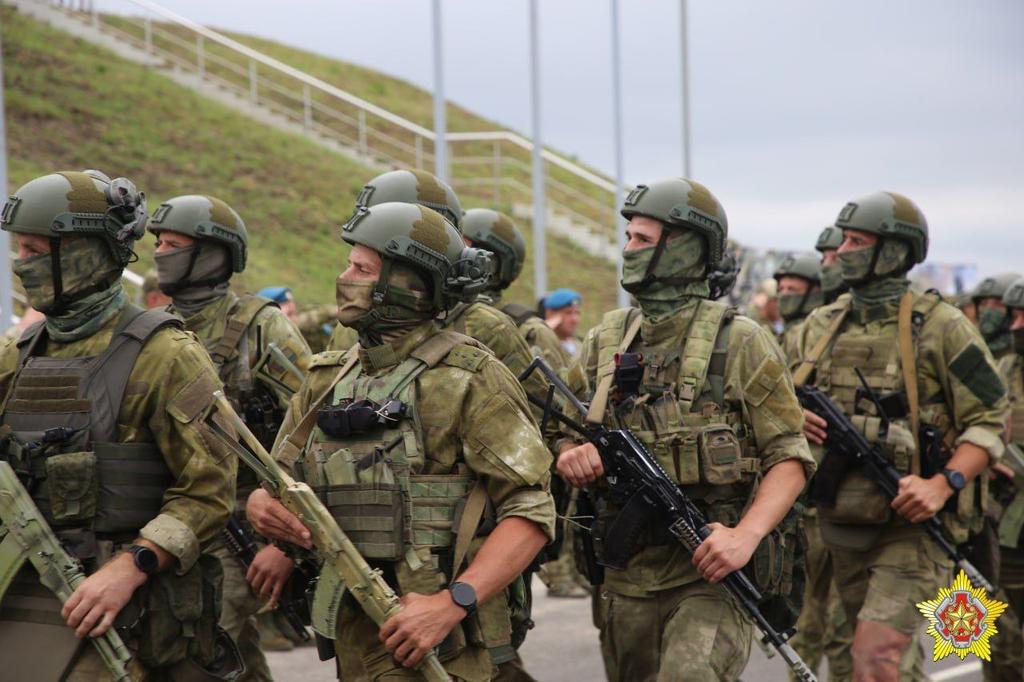
Belarus has been closely connected with Russia’s campaign since even before the full-scale invasion, providing a staging ground for Russian troops and equipment before they pushed across the border in February 2022, including from Belarus. Since then, Belarus has continued to host the Russian military, including aircraft and missiles used against Ukraine.
In 2023, Russia began to move some of its tactical nuclear weapons to Belarus and the Belarusian military has since taken part in joint nuclear drills with its Russian allies, as you can read about here and here.
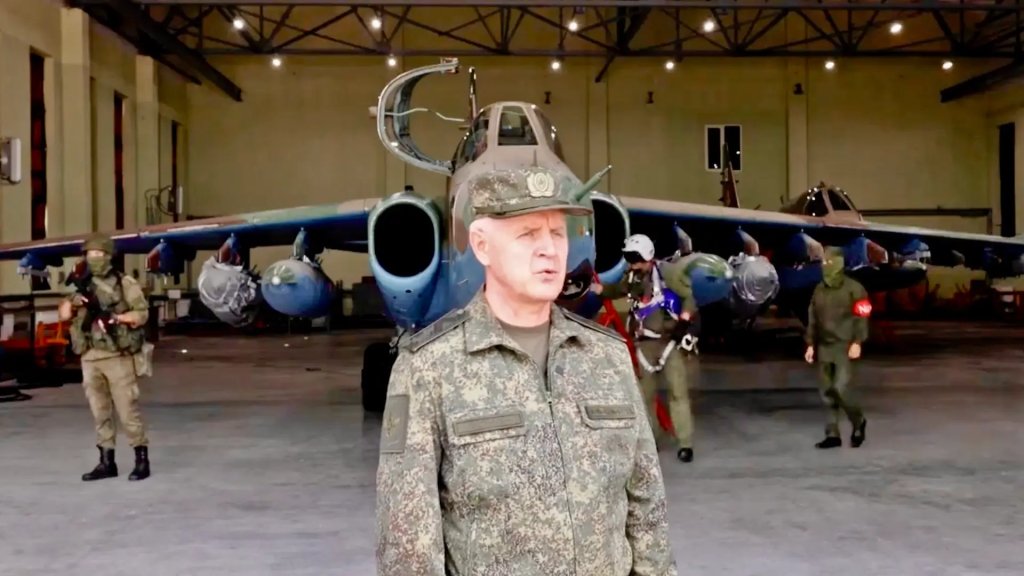
Now, however, Belarus is seeking to expand its military relationship with China, too. Last week, Belarus joined the Shanghai Cooperation Organization (SCO), originally established by China and Russia to discuss security concerns in Central Asia and the wider region. As well as economic and political issues, the organization also plays an important role in military cooperation between members.
Belarus’s authoritarian leader Lukashenko has been shunned by most of Europe, not only due to his support for Russia’s war in Ukraine but also a host of human rights issues, including a brutal crackdown on protests in the country in 2020.
The shift toward China, however, may suggest that Lukashenko is attempting to look for alternatives to Russia, especially as the latter increasingly finds itself as an international pariah and one where the economy is struggling with the effects of hard-hitting sanctions. While Russia’s economy has so far avoided collapse, its status as a reliable partner and sponsor is increasingly questionable.
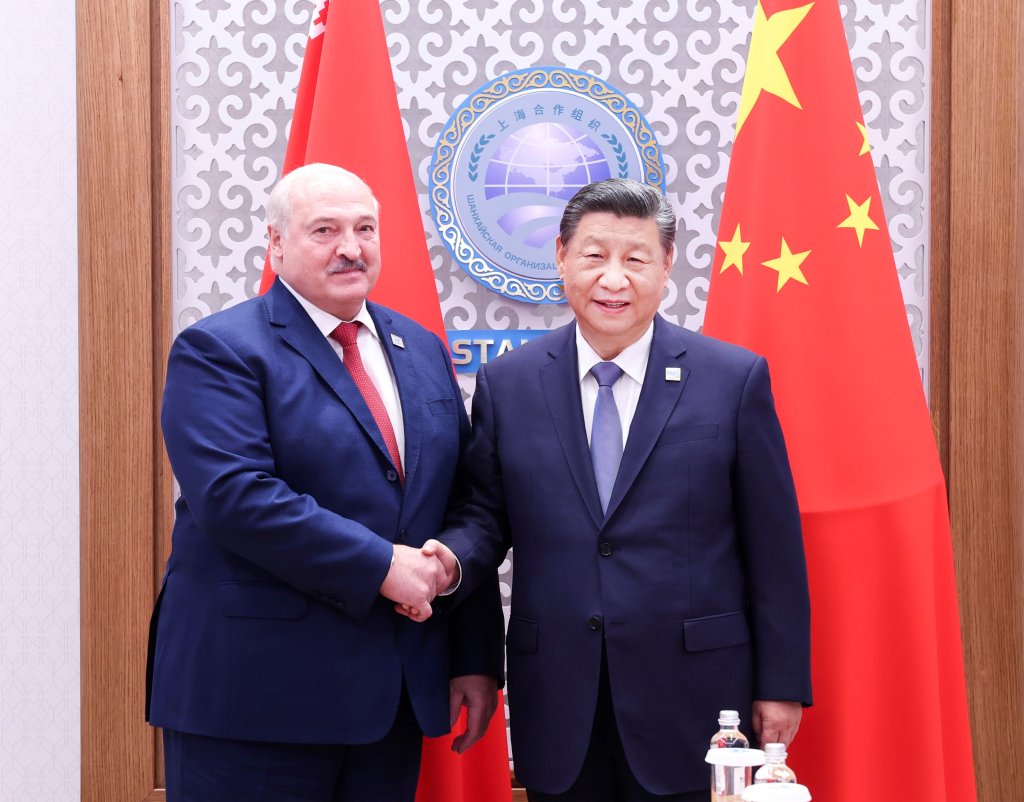
The issues for Belarus are compounded by the fact that it too has to deal with sanctions placed on it.
In the meantime, Belarusian officials have continued to lash out at what they described as NATO’s hostile intentions. In this, of course, it has parallels with both Russia and China. In the case of China, NATO is increasingly looking toward the Pacific as a potential future flashpoint and has sought to expand relations with its partners in the region, although they remain outside the military alliance.
Having Chinese troops on maneuvers in Europe, and especially so close to Poland, also send a signal to NATO and others that Beijing may be more willing to become involved in the continent’s military issues. What’s unclear is whether the drills should also be read as a willingness to provide direct military support to Russia for its war in Ukraine, something that Beijing has so far refrained from doing.
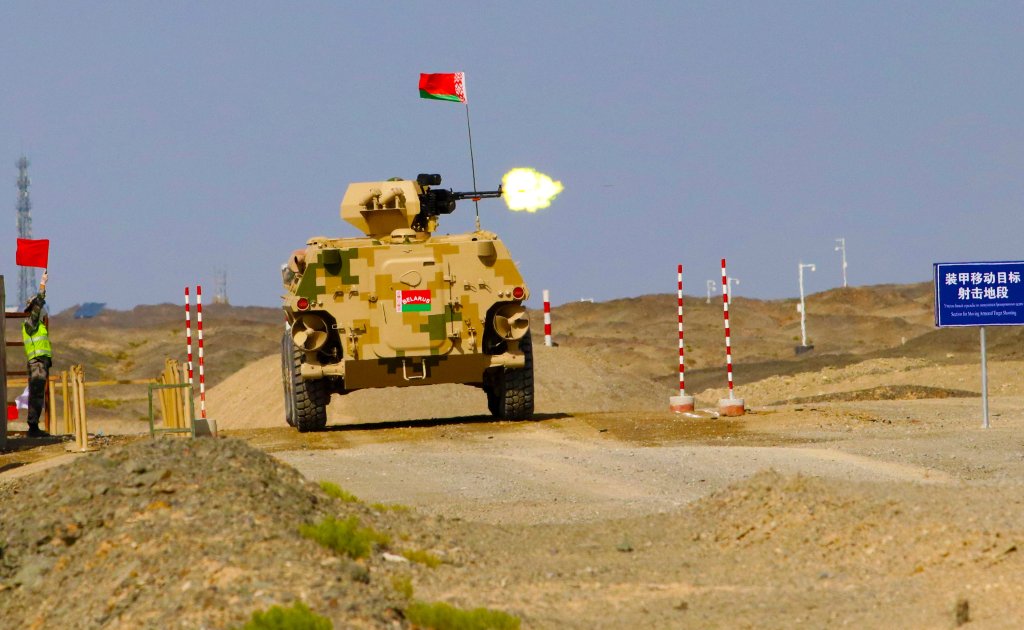
For Poland, tensions around the border with Belarus are already a cause for concern. This has played out in particular over the issue of border protection, with Polish Prime Minister Donald Tusk saying the country faces a “hybrid war” in illegal migration — something that Poland has accused Belarus of encouraging. Last week, the Polish defense minister said that Poland and Lithuania will call for discussions about border protection at the NATO summit.
Exactly how the burgeoning relationship between Belarus and China plays out will likely depend heavily on what happens between them and Russia, as well as Moscow’s fortunes in Ukraine.
The Belarusian government has already said that this week’s drills “will allow … the laying of a foundation for further development of Belarusian-Chinese relations in the field of joint training of troops.”
With that in mind, further military cooperation between Belarus and China appears likely.
Contact the author: thomas@thewarzone.com
